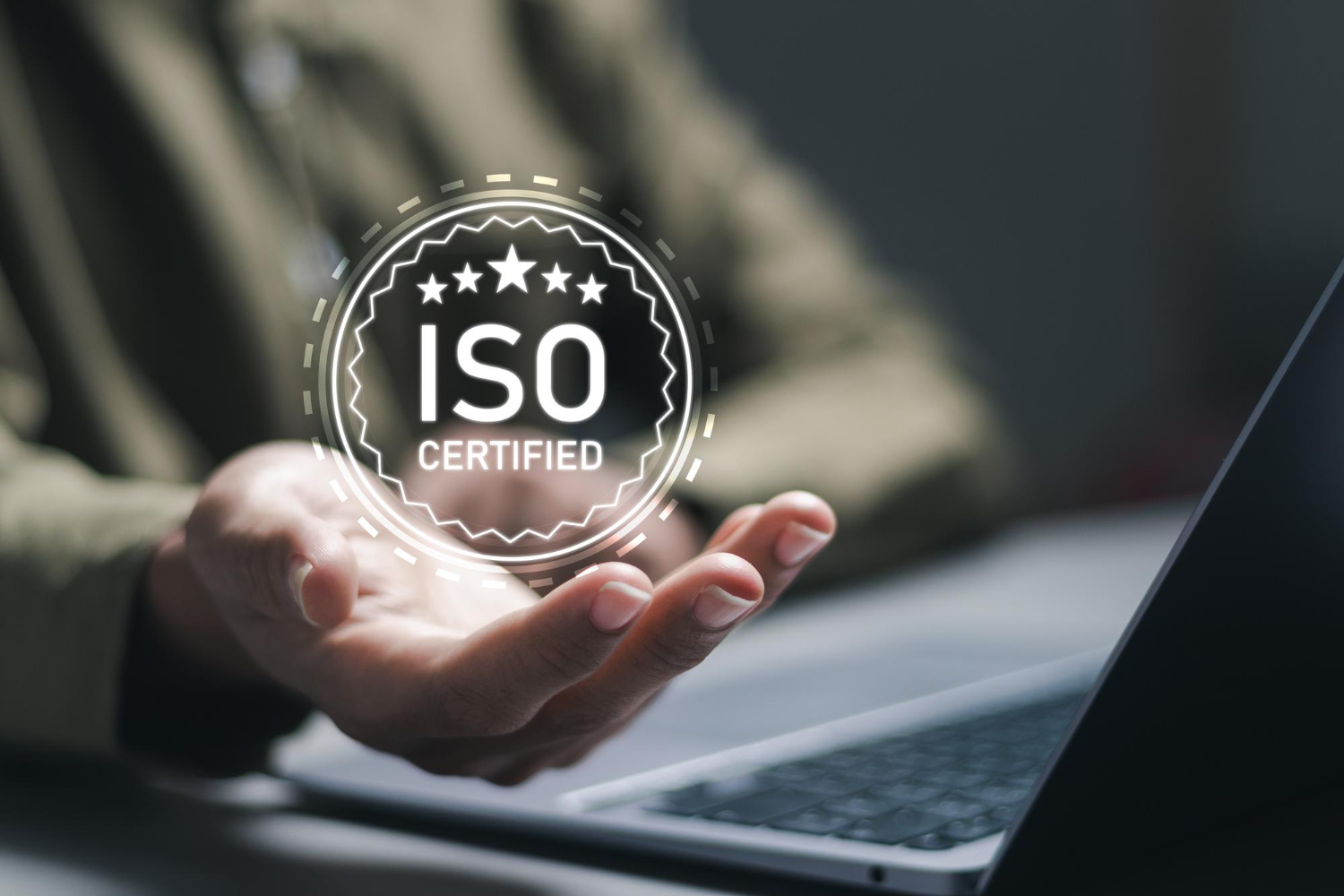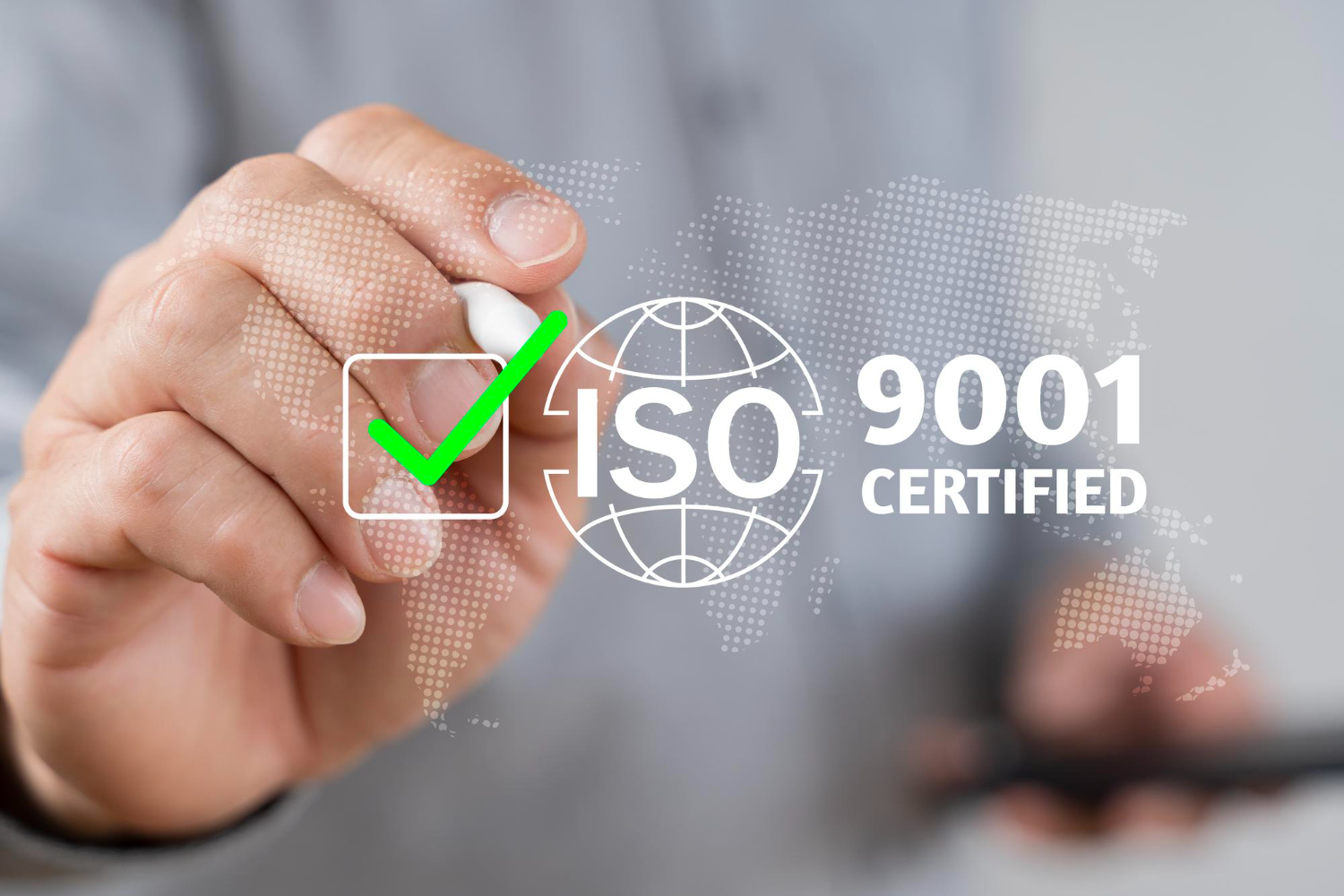ISO 14001 is an international standard that focuses on environmental management systems. If you’re a business wanting to show you care about the environment, understanding ISO 14001 is a crucial step. This standard offers ways for organizations to reduce how their operations negatively impact the planet. It’s like having a roadmap to help you make eco-friendly decisions. In the following sections, we’ll explore what ISO 14001 is all about, why businesses find it beneficial, and how you can start your journey toward certification.
Understanding these elements can guide you in successfully adopting ISO 14001, and in turn, help you play a part in making a positive difference in the world. By following the principles of ISO 14001, businesses can improve their environmental footprint, boost their image, and perhaps even find ways to cut costs through efficient practices. Let’s dig deeper to uncover the layers of this essential standard.
What Is ISO 14001?
ISO 14001 is an international standard that outlines the requirements for an effective environmental management system (EMS). Think of it as a guide for businesses to manage their duties towards the environment better. The goal is to help organizations improve their environmental performance through efficient resource use and waste reduction.
1. Definition and Purpose:
– ISO 14001 provides a list of criteria for businesses to establish an EMS that helps enhance their environmental performance.
– It’s about identifying how your business interacts with the environment and finding ways to manage those interactions responsibly.
2. Key Elements and Principles:
– Environmental Policy: This is your plan, showing your commitment to reducing environmental impacts.
– Planning: Here, businesses identify significant environmental aspects, legal requirements, and develop objectives to mitigate environmental impact.
– Implementation and Operation: This involves roles, responsibilities, and processes to achieve your environmental goals.
– Checking and Corrective Action: Regular reviews and measurements to ensure everything is in line with your strategy.
– Management Review: Ensuring top management reviews the EMS to make improvements.
3. Why Adopt ISO 14001?
– Companies choose ISO 14001 to demonstrate that they’re serious about environmental issues.
– It helps businesses comply with current and future statutory and regulatory requirements.
– ISO 14001 can lead to improved brand perception, allowing companies to stand out in a crowded market.
Let’s move forward and explore the benefits of obtaining ISO 14001 certification and why it’s an investment worth considering.
Benefits Of ISO 14001 Certification
Gaining ISO 14001 certification comes with an array of benefits that various businesses can enjoy. First and foremost, the environmental aspect is a huge drawcard. This certification encourages companies to adopt sustainable practices, leading to decreased waste and a smaller carbon footprint. Implementing these changes not only helps the environment but can also streamline operations by making processes more efficient.
Another great advantage is the operational and financial savings that businesses might experience. With an efficient Environmental Management System (EMS) in place, organizations can minimise resource usage, leading to cost savings. For example, cutting down on energy consumption or raw materials can reduce operating expenses substantially. These changes not only reflect positively on a company’s balance sheet but also contribute to long-term sustainability.
Perhaps one of the most notable benefits is the reputational boost businesses can receive. Achieving ISO 14001 shows stakeholders, customers, and partners that a company values environmental stewardship. It sends a clear message that the firm is committed to adhering to regulations and promoting a healthier planet. Such dedication can enhance a company’s brand image, fostering greater trust and attracting eco-conscious clients and investors.
Steps To Achieve ISO 14001 Certification
Embarking on the journey to ISO 14001 certification involves following a structured series of steps, ensuring all aspects of the standard are effectively addressed. Here’s a straightforward path to guide you:
1. Initial Assessment and Gap Analysis: Begin by evaluating existing processes to identify areas that meet ISO 14001 standards and those that require improvement. This baseline understanding will pinpoint gaps and guide necessary changes.
2. Planning and Implementing an Environmental Management System (EMS): Develop a detailed plan outlining how your business will enhance its environmental practices. Implementation involves assigning roles and establishing processes to ensure everyone knows their responsibilities.
3. Internal Audits and Reviewing Performance: Conduct regular internal audits to track the effectiveness of your EMS. These audits help evaluate whether the system is meeting the objectives set out in your plan and fulfilling legal requirements.
4. Achieving and Maintaining Certification through Ongoing Improvement: Once certification is achieved, ongoing commitment is key. Continuous reviews and improvements not only comply with the standard but also strengthen overall business practices and environmental impact.
Following these steps ensures that a company is not only committed to achieving certification but also dedicated to maintaining high environmental standards. With structured planning and consistent improvement, businesses can make meaningful contributions to the environment while reaping the advantages of certification.
Common Challenges And How To Overcome Them
While obtaining ISO 14001 certification is highly beneficial, the process can present some hurdles. Common challenges include understanding the complexities of the standard and integrating it seamlessly into current practices.
To address these issues, businesses can start by securing proper training for staff to ensure everyone understands ISO 14001’s requirements. This helps in creating a knowledgeable workforce that’s prepared to transition smoothly into new practices. Additionally, appointing dedicated personnel to oversee the EMS can keep the implementation process on track and ensure that ongoing commitments are met.
Another challenge is maintaining momentum after certification. Companies may find it hard to continuously adapt to changes and improve. By setting up a cycle of regular audits and reviews, improvements can be monitored and achieved without much hassle. Engaging with external consultants can also offer fresh perspectives, providing ideas and solutions for thorough compliance and sustainability.
Wrapping Up Your ISO 14001 Journey
Gaining ISO 14001 certification is a meaningful step towards making a difference environmentally and improving business operations. This guide has walked you through its benefits, the process to acquire the certification, and the hurdles you might face along the way. Understanding and implementing these strategies not only enhances your business’s eco-friendliness but also its reputation in various sectors.
By taking proactive steps towards this certification, businesses signal a commitment to sustainability, attracting positive attention from customers and stakeholders alike. Through dedication and consistent improvement, companies can continue to thrive while contributing positively to the world. Don’t hesitate to take the first step on this sustainable journey and create a better environment for future generations.
To learn more about enhancing your environmental practices and achieving a cleaner, sustainable future, explore how implementing an effective ISO 14001 environmental management system can benefit your business. Discover how Edara Systems Australia can guide you through this transformative journey, ensuring compliance and fostering an eco-friendly reputation.



